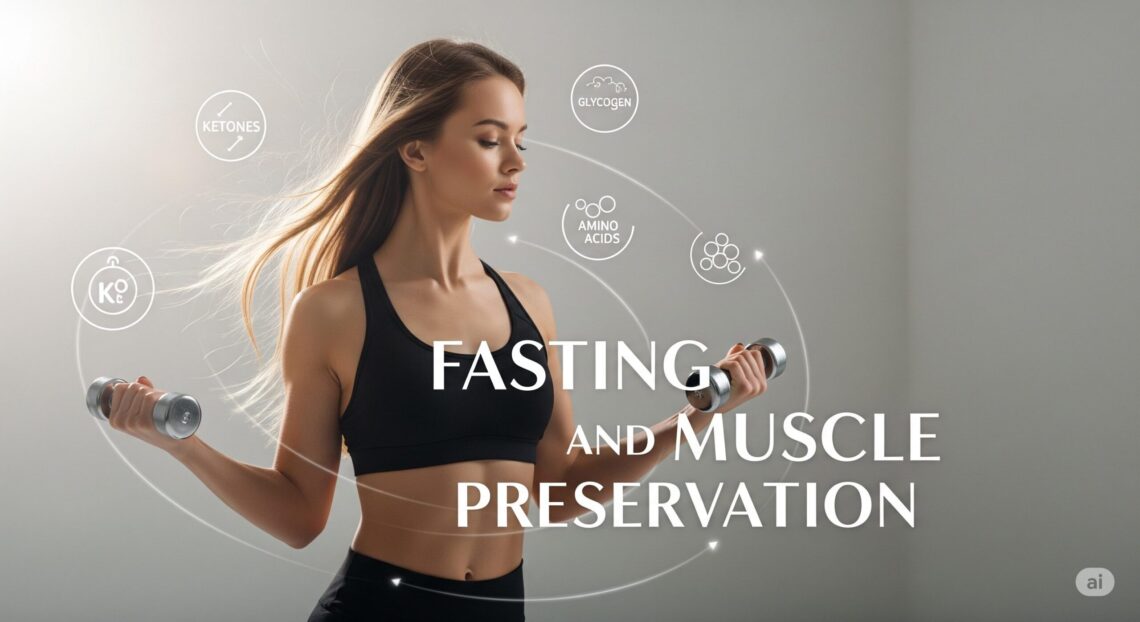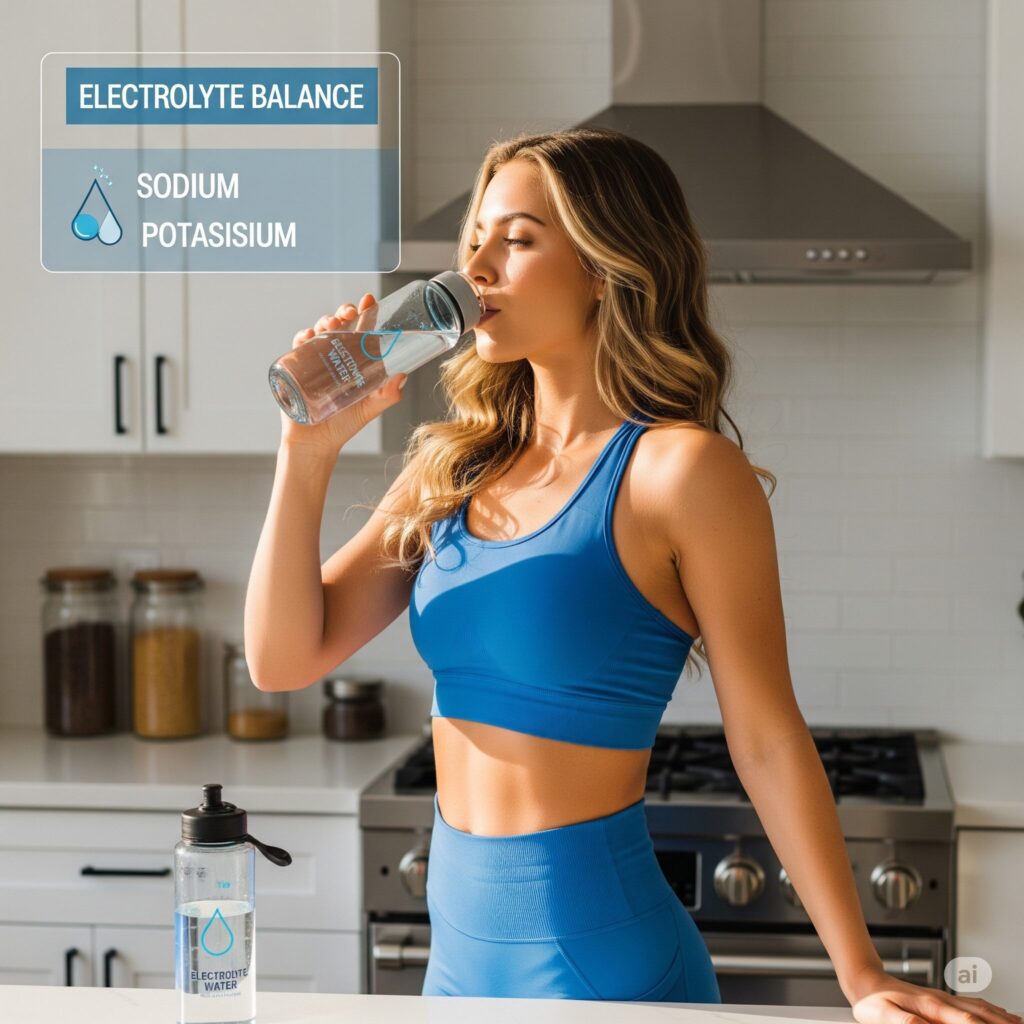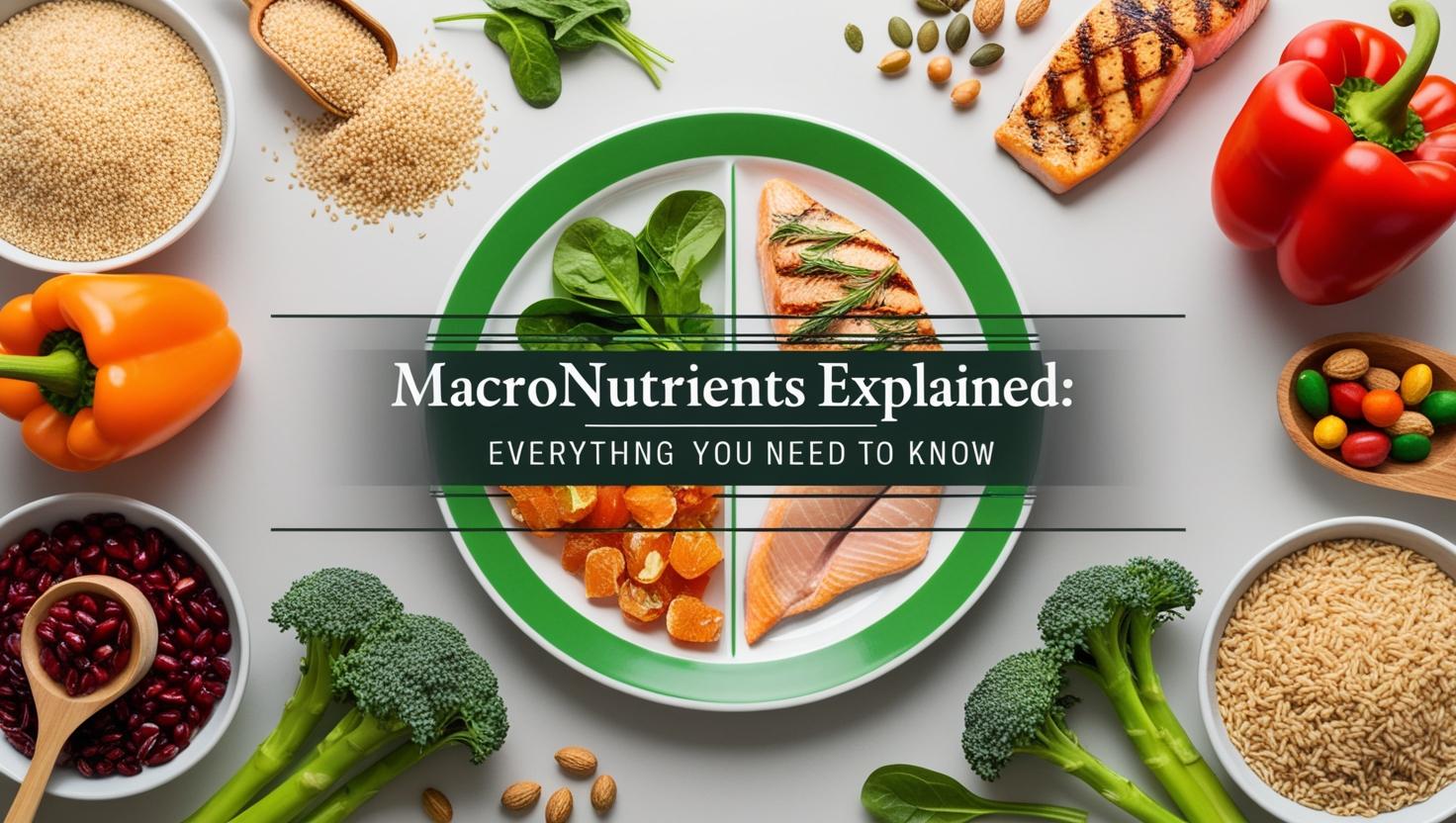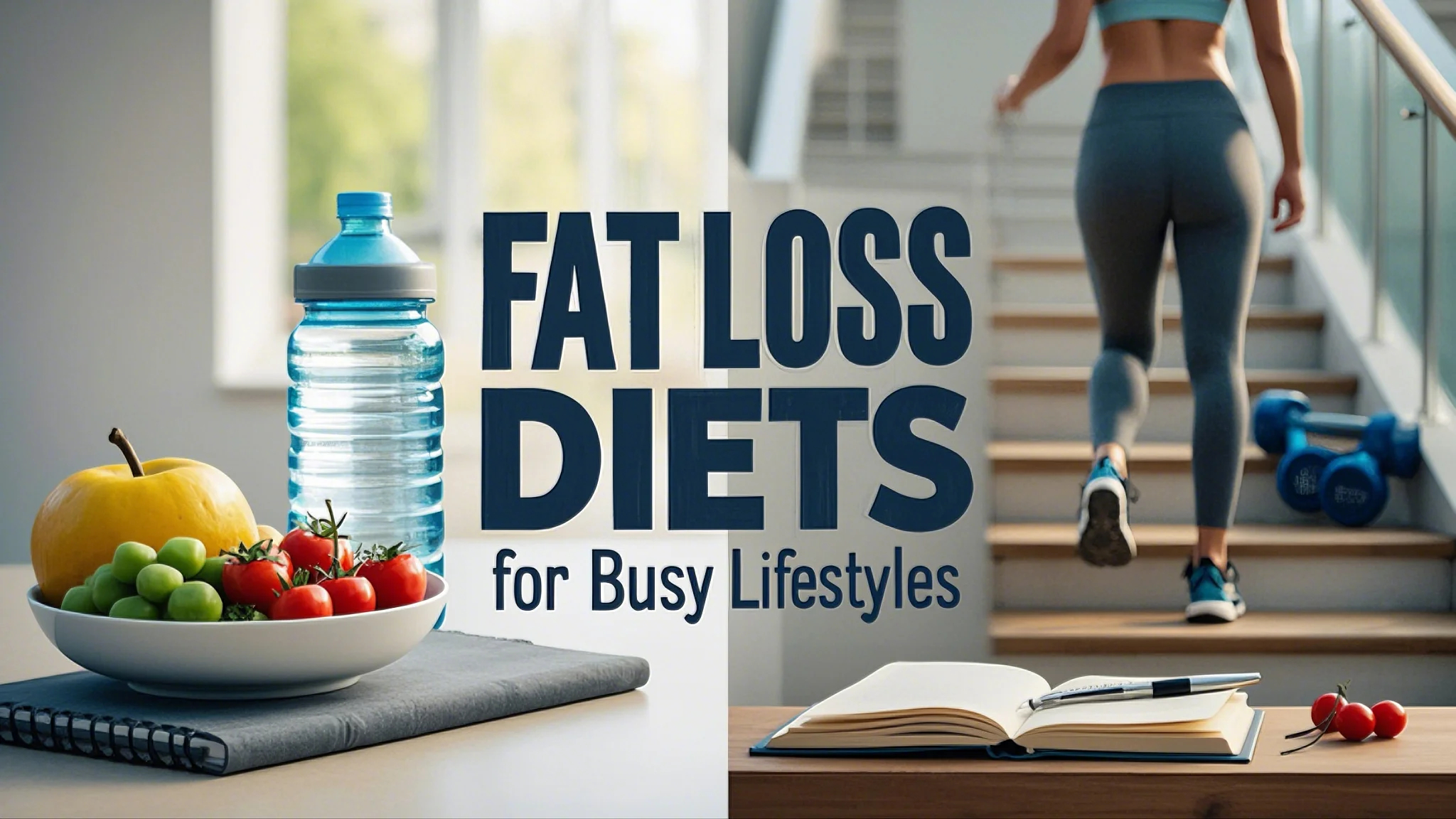
Fasting and Muscle Preservation
Ever wondered if skipping meals could leave you feeling weak? Think again. Contrary to popular belief, your body is smarter than you might imagine. Studies show that even during extended periods without food, strength can remain intact.
Take this real-world example about Fasting and Muscle Preservation: 13 participants maintained their leg strength after a 7-day water fast, despite losing 4.6kg of lean mass. How? Your body prioritizes fat over muscle when fasting is done correctly. This means you won’t turn into a limp noodle overnight.
Here’s the kicker: combining fasting with smart nutrition can activate protein-sparing mechanisms. So, if you’re worried about losing gains, don’t be. With the right approach, you can keep your strength while reaping the benefits of fasting.
What is Fasting and Why Does It Matter?
What if skipping meals could actually benefit your health? Fasting isn’t just about abstaining from food; it’s a practice with deep roots and modern relevance. Historically, it’s been used for spiritual, cultural, and health purposes. Today, it’s gaining attention for its potential to improve body composition and optimize energy metabolism.
Definition and Historical Context
Fasting involves voluntarily avoiding food for a set period. It’s been practiced for centuries, from ancient religious rituals to traditional healing methods. For example, the Buchinger protocol combines a low-calorie intake (200-250kcal/day) with daily physical activity to promote health benefits.
Modern Applications of Fasting
Today, fasting is more than a tradition—it’s a science-backed tool. Clinics have tested its effects, with 16 men maintaining strength during a 10-day fast paired with low-intensity exercise. It’s also making waves in medicine, aiding cancer therapy and managing metabolic disorders.
Athletes are jumping on the bandwagon too, using timed fasting to fine-tune their body composition. Even fasting-mimicking diets are gaining popularity for their convenience. And here’s a fun fact: 93% of 1,422 participants reported no hunger pangs during their fasting journey.
Want to learn more about how fasting works? Check out this guide on intermittent fasting for deeper insights.
The Science Behind Muscle Preservation During Fasting
Curious about the science behind staying strong without food? Your body has some clever tricks up its sleeve. When you’re not eating, it shifts gears to protect what matters most—your strength. Let’s break it down.

How the Body Utilizes Energy When You’re Not Eating
During periods without food, your body doesn’t panic. Instead, it gets resourceful. First, it taps into stored glucose for energy. Once that’s used up, it turns to fat reserves. But here’s the kicker: your body recycles lactate and pyruvate before it starts breaking down muscle protein. This smart adaptation helps preserve your strength.
Another fascinating process is autophagy. Think of it as your body’s internal cleanup crew. It recycles damaged cells and provides amino acids without harming your muscles. This means you can stay strong even when you’re not eating.
The Role of Protein in Keeping You Intact
Protein plays a starring role in maintaining your strength. During prolonged periods without food, your body uses only 15-20g of protein daily to produce glucose. The rest is spared, thanks to efficient recycling mechanisms.
Studies show that 3-methyl-histidine levels spike initially but then drop, indicating that your body is sparing protein. Timing your intake of essential amino acids can further boost muscle retention. Here’s a quick breakdown of how protein loss translates:
| Protein Lost via Urine (7-Day Period) | Lean Mass Lost |
|---|---|
| 524g | 2.6kg |
So, while some protein is lost, your body’s smart adaptations ensure that your strength remains intact. With the right approach, you can keep your gains even when you’re not eating.
Fasting and Muscle Preservation: Key Findings
Ever thought about how your body stays strong without food? It’s a fascinating process that involves clever adaptations. Research shows that even during extended periods without meals, your body prioritizes maintaining strength. Let’s explore the key findings.
Studies on Muscle Strength During Fasting
One study revealed a metabolic paradox. While oxidative enzymes remain stable, carbohydrate oxidation drops significantly. This means your body can still produce energy efficiently, even without food.
Another discovery involves PDH phosphorylation. This process explains why high-intensity endurance decreases during prolonged periods without meals. However, your body compensates by increasing brain energy efficiency through ketones.
Impact of Fasting on Muscle Metabolism
Blood work shows that lactate levels stay stable, even when glycogen is depleted. This indicates your body’s ability to adapt and maintain muscle metabolism during fasting.
Here’s the takeaway: train endurance in a fed state, but focus on strength during fasts. This approach helps you maximize your results while keeping your body strong.
Understanding the Metabolic Shift During Fasting
Ever wondered how your body switches gears when you’re not eating? It’s like flipping a switch—your body goes from burning glucose to using fat for fuel. This metabolic shift is a survival mechanism that keeps you going even when food is scarce.

From Glucose to Ketones: The Energy Transition
When you’re not eating, your body first uses stored glucose for energy. Once that’s gone, it turns to fat reserves. This process, called fat oxidation, ramps up significantly after a few days. For example, fat burn increases from 0.4g to 0.8g per minute after six days without food.
Here’s the cool part: your body starts producing ketones, which become the primary energy source. Ketones are efficient and help maintain brain function. It’s like your body’s backup generator kicking in.
How Fat Oxidation Supports Strength Retention
Fat isn’t just an energy source—it’s a structure saver. When your body burns fat, it spares proteins that are essential for maintaining strength. Here’s how it works:
- Fat math: 1kg of fat equals 7,700kcal, enough to fuel your resting metabolism for over 10 days.
- Hormonal help: Adrenaline spikes mobilize fatty acids, making them available for energy.
- Blood bonus: Unsaturated fatty acids increase three times more than saturated ones during fasting.
Omega-3s also play a role by enhancing fat oxidation efficiency. This means your body becomes better at using fat for energy, reducing the risk of strength loss.
| Fat Burn Rate | Baseline (Day 1) | After 6 Days |
|---|---|---|
| Fat Burned per Minute | 0.4g | 0.8g |
This table shows how your body’s fat burn rate doubles during extended periods without food. It’s a testament to your body’s ability to adapt and thrive.
The Role of Glycogen in Muscle Preservation
What happens to your energy reserves when you’re not eating? Your body relies on glycogen, a stored form of glucose, to keep you going. It’s like your internal battery, and understanding how it works can help you maintain your muscle mass even during periods without food.

Glycogen Depletion and Its Effects
When you’re not eating, your body starts using glycogen for energy. This stored glucose is found in your liver and muscles. As glycogen levels drop, you might feel tired or sluggish. But here’s the good news: your body adapts by shifting to fat reserves, sparing your muscle mass.
Studies show that glycogen synthase activity increases after a fast. This means your body becomes more efficient at rebuilding glycogen stores. However, prolonged depletion can have an effect on performance, especially during high-intensity activities.
Replenishing Glycogen Post-Fasting
After a fast, it’s crucial to refill your glycogen stores. Here’s how to do it right:
- Carb math: Aim for 3-5g of carbs per kilogram of body weight daily for full replenishment.
- Timing trick: Consume 1.2g of carbs per kilogram per hour within the first meal window for optimal results.
- Food combo: Pairing carbs with protein can boost glycogen synthesis by 25%.
- Danger zone: Overcompensating with too many carbs can lead to rapid water weight rebound.
- Pro protocol: Athletes often use a 3-day gradual carb reload to maximize recovery.
For more tips on post-fast recovery, check out this guide on post-workout nutrition.
| Glycogen Replenishment Strategy | Effectiveness |
|---|---|
| 3-5g/kg/day of carbs | Full replenishment |
| 1.2g/kg/hour post-first meal | Optimal timing |
| Carbs + protein combo | 25% boost in synthesis |
By following these strategies, you can ensure your body recovers efficiently and maintains its strength over time.
How Physical Activity Influences Muscle Preservation
Can staying active while not eating help you keep your strength? Absolutely. Moving your body during periods without food can actually boost your ability to maintain muscle. It’s all about understanding the balance between effort and recovery.

Exercise During Fasting: Pros and Cons
Working out when you’re not eating has its ups and downs. On the plus side, your body becomes more efficient at using fat for energy. This means you can preserve muscle while burning calories. For example, isometric leg pulls increased by 33% during a 10-day fast.
However, there are some drawbacks. High-intensity workouts might feel tougher because your glycogen stores are low. Cramping can also be an issue if you’re not replenishing electrolytes. The key is to listen to your body and adjust your routine.
Optimal Physical Activity Levels for Muscle Maintenance
To keep your strength intact, focus on smart, sustainable activity. Here’s how:
- Rep range: Stick to 3 sets of 5 bodyweight exercises to maintain strength without overdoing it.
- Step goal: Aim for 8,000+ steps daily to prevent muscle breakdown.
- Resistance trick: Use elastic bands to preserve type II fibers, which are crucial for power.
- Timing tip: Train in the morning when norepinephrine levels peak for better performance.
- Recovery must: Add extra electrolytes to your water to avoid cramps and fatigue.
Here’s a quick breakdown of how different activities impact your body during fasting:
| Activity Type | Impact on Muscle |
|---|---|
| Bodyweight Exercises | Maintains strength |
| Walking (8,000+ steps) | Prevents catabolism |
| Elastic Band Workouts | Preserves type II fibers |
By following these tips, you can stay active and keep your muscle intact, even when you’re not eating. It’s all about finding the right balance for your body.
Common Myths About Fasting and Muscle Loss
Have you heard the rumors about skipping meals and losing your strength? Let’s set the record straight. Many believe that not eating leads to significant muscle loss, but the truth is more nuanced. Your body is smarter than you think, and it has ways to protect your strength even when you’re not eating.

Debunking the Protein Catabolism Myth
One of the biggest fears is that your body will start breaking down protein for energy. While it’s true that some protein is used, it’s not as drastic as you might think. DXA scans reveal that 60% of lean mass loss during fasting is actually water and glycogen, not muscle tissue.
Here’s the kicker: your body recycles amino acids efficiently, minimizing protein breakdown. For example, a 92-year-old faster maintained muscle function, proving that age isn’t a barrier to preserving body composition.
Misconceptions About Muscle Volume and Strength
Another myth is that muscle shrinkage equals strength loss. In reality, a 5% reduction in muscle volume doesn’t mean you’re weaker. Glycogen and water levels rebound within 72 hours after fasting, restoring your muscle’s appearance and function.
MRI studies show no sarcomere damage in fasting muscles, meaning your strength remains intact. Here’s a quick breakdown of what happens:
| Myth | Reality |
|---|---|
| Muscle shrinkage = strength loss | 5% shrinkage ≠ strength loss |
| Glycogen/water loss is permanent | Rebounds in 72 hours post-fast |
| Fasting damages muscle fibers | No sarcomere damage observed |
For accurate measurements during fasting, use DEXA scans instead of BIA. This ensures you’re tracking real changes in long-term muscle health, not just temporary fluctuations.
Fasting Protocols for Muscle Preservation
Is there a way to skip meals without losing your edge? The answer lies in choosing the right fasting protocol. Whether you’re new to fasting or a seasoned pro, understanding the differences between intermittent and prolonged fasting can help you stay strong and healthy.

Intermittent vs. Prolonged Fasting
Intermittent fasting involves shorter periods without food, like 16-hour fasts. It’s great for maintaining health and improving metabolic function. On the other hand, prolonged fasting, such as a 7-day fast, requires careful planning but can boost long-term benefits like metabolic flexibility.
Both methods have their perks. Intermittent fasting is easier to stick to, while prolonged fasting offers deeper health benefits. The key is to choose what fits your lifestyle and goals.
Best Practices for Safe and Effective Fasting
To fast safely, follow these tips:
- Electrolyte balance: Aim for 5,000mg sodium and 3,000mg potassium daily to avoid cramps and fatigue.
- Refuel smart: Gradually increase calories from 800 to 1,600 over three days to prevent rebound effects.
- Monitor health: Check uric acid and ketone levels regularly to ensure safety.
- Know your limits: Avoid fasting if your BMI is under 20 or you have a history of eating disorders.
- Pro tip: An annual 7-day fast can maintain metabolic flexibility and support long-term function.
For more insights on fasting safety, check out this detailed guide.
By following these protocols, you can fast effectively at any age while keeping your strength intact. It’s all about finding the right balance for your body.
Your Journey to Fasting and Muscle Preservation
Ready to explore how skipping meals can work for you? Start small. Begin with 12-hour fasts, then gradually move to 16-hour and 24-hour fasts over six weeks. This approach helps your body adapt without feeling overwhelmed.
Track your progress smartly. Focus on waist circumference instead of scale weight. It’s a better indicator of health changes. Use tools like continuous glucose monitors (CGMs) to see how your body stabilizes glucose levels.
Join fasting communities for support and accountability. Sharing experiences can make the journey easier and more enjoyable. Remember, this is a tool, not a rigid rule—personalize it to fit your lifestyle.
By taking these steps, you can maintain strength while reaping the benefits of fasting. It’s all about finding what works best for you.
📚 References for Fasting and Muscle Preservation
- Cahill, G. F. (2006). Fuel metabolism in starvation. Annu Rev Nutr, 26, 1–22.
- Anton, S. D., et al. (2018). Flipping the metabolic switch: health benefits of fasting. Obesity, 26(2), 254–268.
- Tinsley, G. M., & La Bounty, P. M. (2015). Effects of intermittent fasting on body composition. Nutr Rev, 73(10), 661–674.
- Harvie, M. N., et al. (2011). Intermittent vs continuous energy restriction. Am J Clin Nutr, 94(2), 431–439.
- Mattson, M. P., et al. (2017). Impact of intermittent fasting on health and disease. Ageing Res Rev, 39, 46–58.
- de Cabo, R., & Mattson, M. P. (2019). Effects of intermittent fasting on aging and disease. N Engl J Med, 381(26), 2541–2551.
- Gabel, K., et al. (2018). Time-restricted feeding in obese adults improves metabolic disease risk factors. Nutr Healthy Aging, 4(4), 345–353.
- Varady, K. A., et al. (2013). Alternate day fasting improves weight loss. Am J Clin Nutr, 98(2), 514–521.
- Cahill, G. F., & Veech, R. L. (2003). Ketoacids? Good medicine?. Trans Am Clin Climatol Assoc, 114, 149–161.
- Paddon-Jones, D., et al. (2008). Role of dietary protein in sarcopenia. Am J Clin Nutr, 87(5), 1562S–1566S.
- Stote, K. S., et al. (2007). One meal a day improves cardiovascular and metabolic markers. Am J Clin Nutr, 85(2), 296–301.
- Ludy, M. J., et al. (2012). Capsaicin and energy balance. Chem Senses, 37(2), 103–121.
- Hursel, R., & Westerterp-Plantenga, M. S. (2010). Thermogenic ingredients and body weight. Int J Obes (Lond), 34(4), 659–669.
- Wilkinson, M. J., et al. (2020). Ten-hour time-restricted eating and metabolic markers. Cell Metab, 31(1), 92–104.e5.




